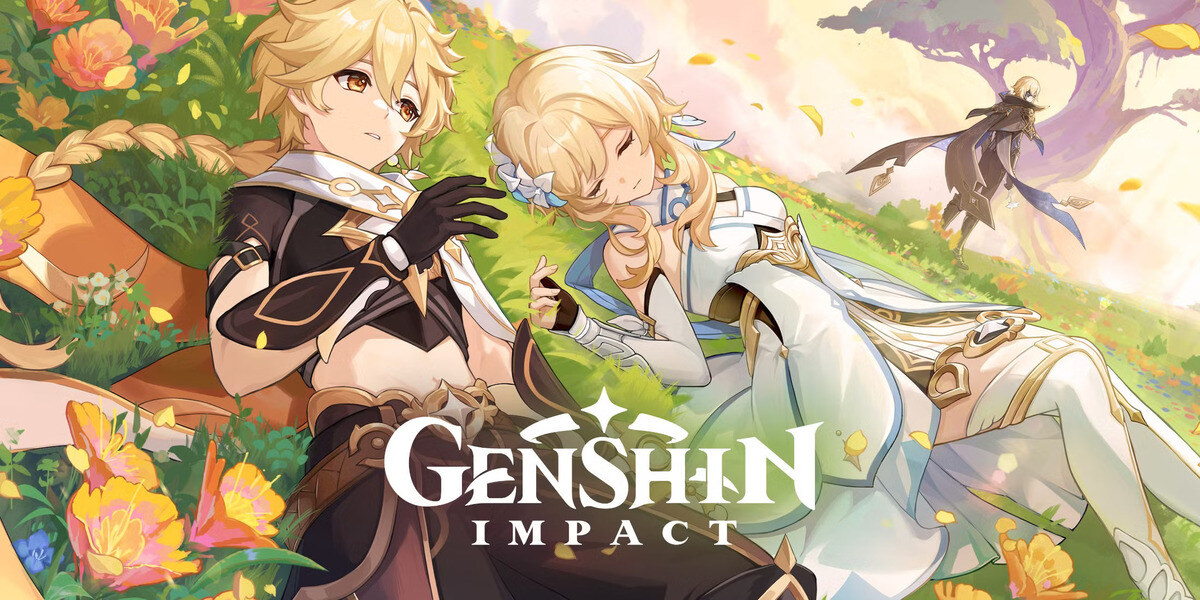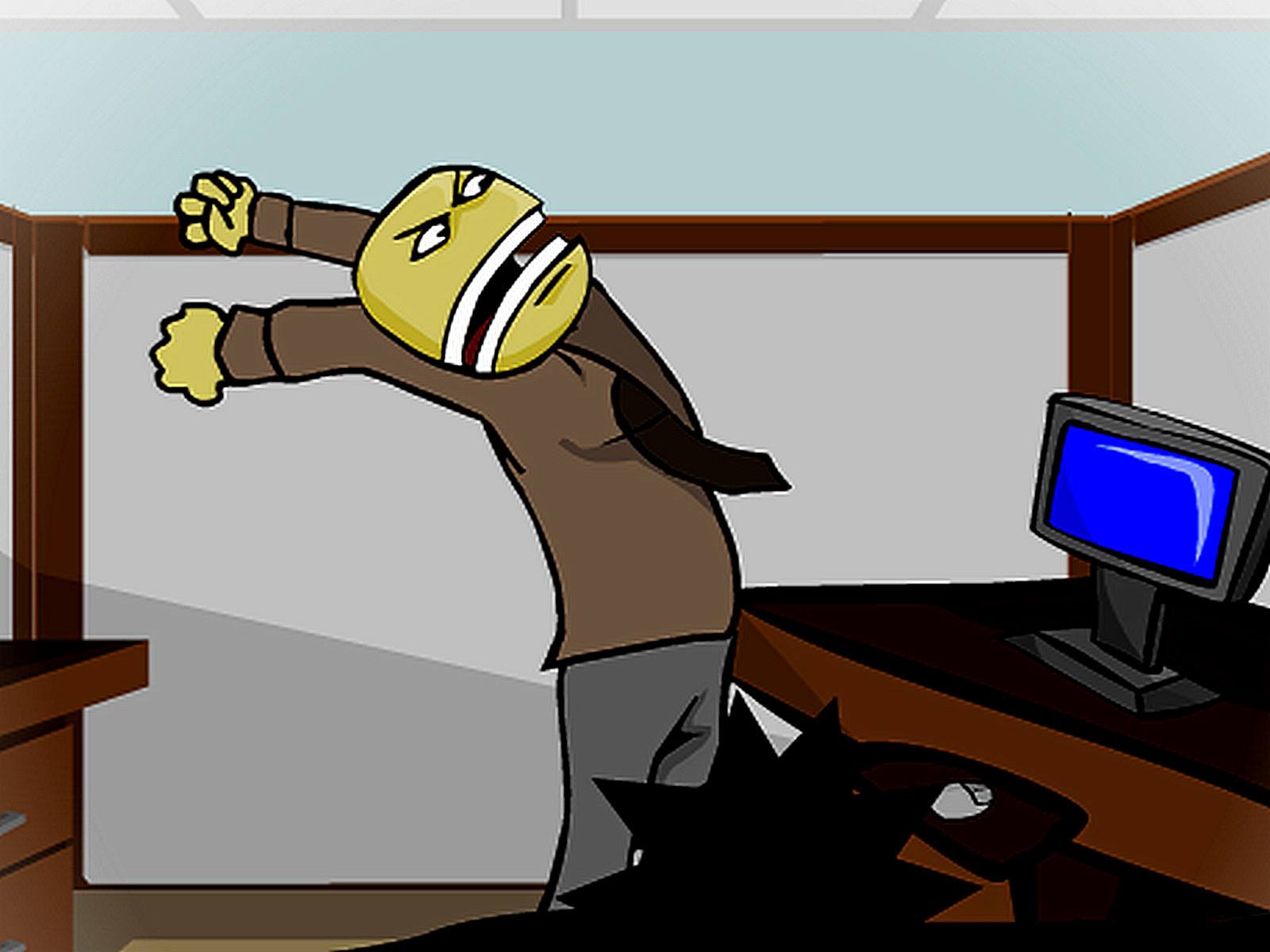A New Chapter for Open-World RPG Fans
Elden Ring quickly became the center of attention in the gaming community, especially among players who enjoy intricate, open-world RPGs. It’s not just another game—it’s an experience filled with challenges, tactics, and unexpected narrative twists. For fans of FromSoftware, the expected challenge-based gameplay remains intact, but this time with a more expansive world and greater freedom.
From the first steps of your character to the discovery of mysterious places and creatures, Elden Ring is brimming with detail. It doesn’t follow a single path like typical RPGs. Instead, it gives players the freedom to choose where to go and how to approach each encounter. That freedom is a big reason why the game succeeded across numerous platforms.
Elden Ring has become essential for those wanting to experience a fantasy RPG that doesn’t just boast stunning graphics, but also offers depth in gameplay and lore. Because of this, the game’s fanbase continues to grow across the world.
The Freedom to Explore Every Corner
One of Elden Ring’s greatest strengths is how it grants players the freedom to explore. You’re not confined to one direction. From lush forests to abandoned castles, every location tells a story. These places aren’t just background—they often hold secrets, missions, or monsters to confront.
As you travel, you may encounter allies, enemies, and other characters who influence the course of the story. There’s no mini-map with clear directions, encouraging curiosity, experimentation, and critical thinking. That’s why many players spend hours just wandering.
This doesn’t just support immersion—it rewards it. Achieving victory in a new area isn’t handed to you via cutscene or tutorial. Each success feels earned, and that’s where Elden Ring shines.
A Combat System Rooted in Strategy and Timing
The combat system in Elden Ring isn’t for those seeking easy victories. It demands patience, enemy study, and precise timing—whether attacking or dodging. While some moves are simple, the real challenge lies in recognizing enemy patterns, especially bosses with evolving tactics.
Players can choose their own style—ranged magic, close-quarters combat, stealth, or a mix of strategies. Builds are fully customizable depending on stats, weapons, and spells. Because of this, two players might have completely different gameplay experiences.
In addition to traditional combat, there are summon options and cooperative multiplayer mechanics that can assist during difficult encounters. Yet these features don’t remove the challenge—they’re part of a larger system that encourages mastery and perseverance.
Creative Character Creation and Build Customization
Character creation in Elden Ring is more detailed than what FromSoftware fans may be used to. From physical appearance to finer details like eye color, hair style, and accessories, players are given freedom to express their personality.
But the real beauty lies in the build system. You can choose a starting class, but progression is flexible. Want a knight who can cast spells? Or a rogue who can heal? All are possible. This system gives weight to each decision made as you advance in the game.
These aren’t merely aesthetic choices—they impact survival, combat style, and effectiveness against tougher enemies. As a result, players are pushed to think more deeply about every move they make.
A Complex Story Woven Into Every Element
Elden Ring’s narrative isn’t delivered through constant cutscenes. Instead, the story surrounds you—in item descriptions, dialogue, and world design. It demands attention and interpretation, creating a more personal connection to the game.
George R.R. Martin’s influence is felt in the game’s mythos. Characters have motives, tragedies, and histories that aren’t always easy to understand at first. But over time, the importance of each detail reveals itself.
This isn’t the type of narrative that’s laid out in full from the beginning, but that’s what gives it depth and mystery. For those who love lore-heavy games, Elden Ring is an absolute treasure.
Art Direction and World Atmosphere
Elden Ring’s art and atmosphere feel both modern and timeless. It doesn’t strive for full realism, but it masterfully sets tone and mood. From dark ruins to mystical forests, every location feels like a living painting.
Lighting, weather effects, and environmental design enhance the weight of the world. These aren’t just visuals—they affect gameplay, influencing visibility or traversal. Ambient sounds build tension even when no enemies are in sight.
Boss arenas, in particular, are crafted with care. Often, the surroundings tell part of the boss’s story, adding context and emotion to the fight. Art isn’t just a backdrop—it’s an active part of the experience.
Music and Sound Design That Complements Every Moment
Elden Ring’s audio is nothing short of exceptional. Background music responds to the player’s emotions—serene while walking through grasslands, then hair-raising in battle. It’s not just decoration—it’s integral to the gameplay experience.
Sound effects—weapon swings, spellcasting, footsteps—carry weight. Even the footsteps of enemies can signal danger, letting you know what’s coming. It’s an often overlooked element, but it significantly adds to immersion.
Even when music fades, ambient sounds maintain the tension. You can feel the character’s isolation, the world’s heaviness, and the unseen threats that lurk nearby. This level of sound design is rare and admirable.
Boss Fights That Sharpen Your Skills
One of Elden Ring’s most iconic features is it’s boss fight. Each boss has unique mechanics, personality, and attacks that demand full attention. You’ll need patience, tactical thinking, and likely several defeats before you claim victory.
It’s not just about power level. Many bosses can be beaten if you understand their patterns and use the right build. It’s not about grinding—it’s about knowledge and skill. That’s the true measure of mastery in Elden Ring.
Every defeat teaches you something. And every victory delivers a reward that goes beyond loot—it’s the sense of growth. That’s why players return, even after dozens of failures.
Performance and Accessibility for a Wider Audience
Though known for its demanding nature, Elden Ring is well-optimized across platforms. Even mid-range PCs can run it smoothly with the right settings. This proves that the developers also value accessibility.
There are options for subtitles, control schemes, and visual adjustments. While it still lacks in some accessibility areas like full narration or simplified combat, it’s gradually becoming more inclusive for a broader player base.
It’s also worth noting that developer support remains strong—frequent bug fixes and balance updates help keep the community engaged and the game stable over time.
A Game You Won’t Easily Forget
Elden Ring isn’t just an RPG—it’s a journey filled with trials, discovery, and emotion. Not everyone will enjoy its difficulty, but for those willing to embrace the challenge, every hour spent is worth it.
With so many aspects—combat, world-building, lore, visual design—it’s clear why this game is held in such high regard. Elden Ring is proof that art and gameplay can merge into one unforgettable experience.
For players seeking not just a story but a journey filled with sacrifice and reward, Elden Ring delivers meaning in every corner of its vast world.



